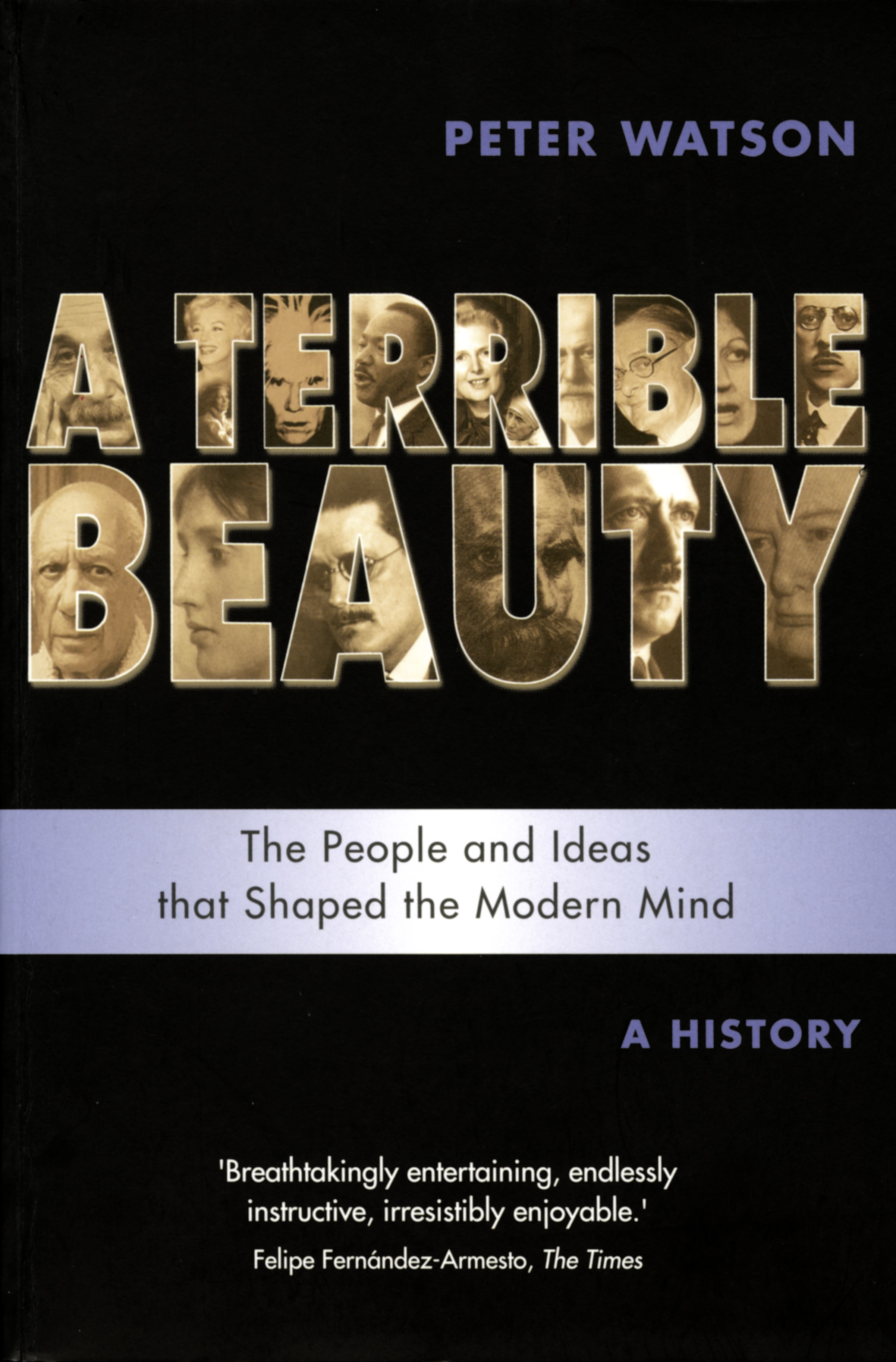

His articles on typography and calligraphy have been widely published in various books and journals, including Matrix, Fine Print, The AIGA Journal, Calligraphy Review, Bookways, and The Papers of the Bibliographical Society of America. He is a member of the Grolier Club, the Bund Deutsche Buchkunstler, The Typophiles, and the American Printing History Association. Prior to establishing his own business in 1999, he was a designer/representative for The Stinehour Press and The Press of A. JERRY KELLY is an award winning designer, calligrapher, and printer working independently in New York City. In the early twentieth century, physicists began picking apart the structure of the atom, and by the 1920s had determined that atoms were themselves structures composed of smaller, sub-atomic particles: electrons, protons, and (the still-theoretical) neutrons. With insightful commentary and carefully selected illustrations, Kelly highlights these important practitioners of the craft of book design, which while by no means is totally inclusive, introduce the reader to exquisite examples of quality book design of the twentieth century and the principles behind them. It explores the profound changes in Latin American cultures and societies that have occurred. The selection of these designers, ranging from Updike to Zapf, is only a small sampling of the practitioners that the twentieth century produced, but they are indicative of the wide range of book design styles achieved during this exceptionally dynamic century. This unit will explore Latin American history from 1910 to 1990. He describes the care with which each designer combined typographic elements in their own unique way. In fact, change and transformation were the norm in the first decade of what has since become known as the 'American Century.' The United States came to be the leading economic and military power in the world. The United States entered the twentieth century during a period of sweeping change. Through the selection of eleven master designers, Jerry Kelly illustrates a wide range of styles: from classically inspired design and historical revival, to novel and modern layouts. 1900s: The Birth of the American Century. Utilizing these resources, some skillful artisans produced stunning designs in period style, arranging modern re-cuttings of early type designs with historical decoration that resulted in the creation of truly beautiful books while others preferred a more contemporary aesthetic, building upon earlier principles in a fresh, novel manner. Blacks were freed from slavery and began to. Long torn between decadence and duty, Edward VIII (r.1936) relinquished the throne for a divorcee, provoking a constitutional crisis and propelling his younger brother to the throne, as George VI.Throughout the twentieth century, modern design theories in combination with newer printing technologies offered book designers far more options than were previously available to them. The nineteenth century was a time of radical transformation in the political and legal status of African Americans. Debate about the British government’s attempts to appease Hitler dominated the late 1930s.
#History of the twentieth century free
British control now extended over more of the globe than ever before – but closer to home, Ireland was partitioned and the Irish Free State became independent in 1922.Īs the 1930s progressed, so did fears of a new European war. In the post-war territorial carve-up Britain gained mandates over a number of former German and Ottoman territories.

Although some people managed to maintain lavish lifestyles, such as the Courtaulds at Eltham Palace, South London, many country house owners adjusted to reduced circumstances, as at Belsay Hall, Northumberland, and Brodsworth, South Yorkshire. The slump following the Wall Street Crash of 1929 hamstrung economic reconstruction and meant continuing hardship, particularly in industrial areas. From the early 1920s the Labour Party, founded in 1900, overtook the Liberal Party in general elections.

Troubled industrial relations led to the only general strike in British history in 1926. Recession followed a brief post-war economic recovery. War ended on the Continent but broke out in Ireland, with the Anglo-Irish Wars (1919–21).


 0 kommentar(er)
0 kommentar(er)
